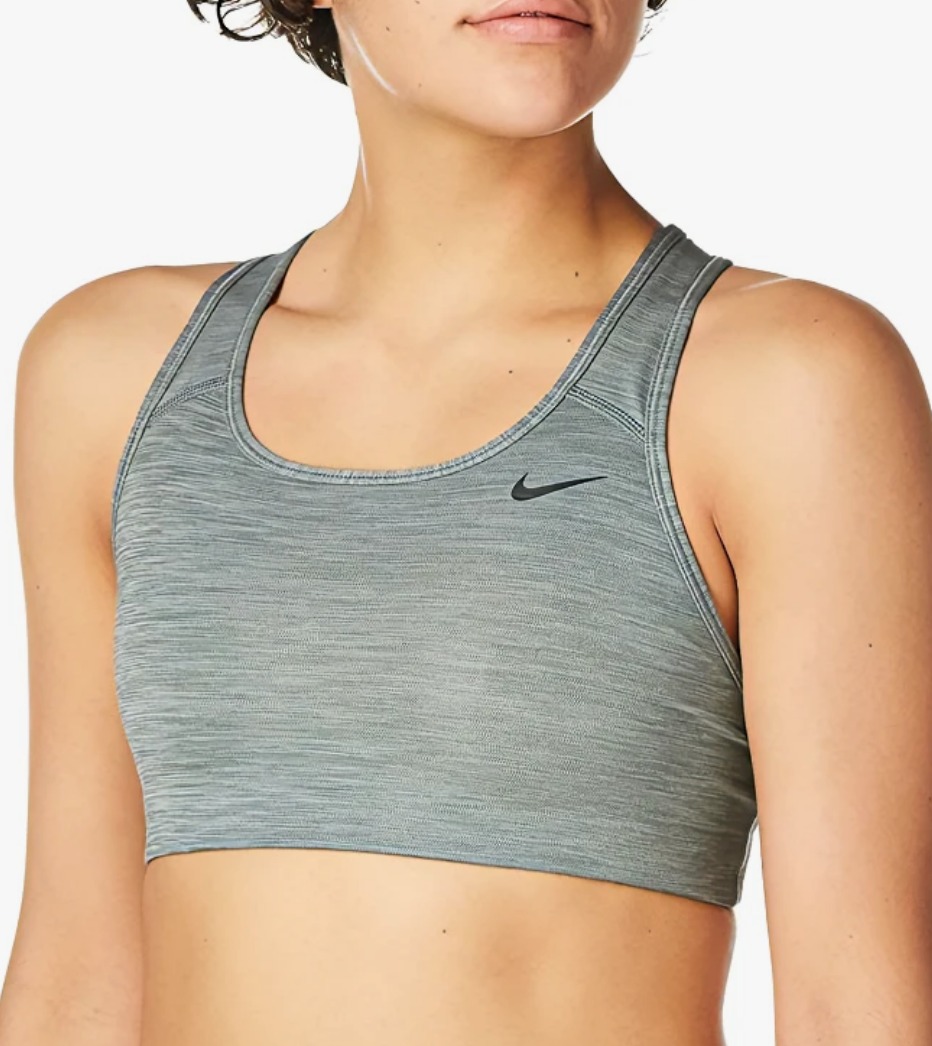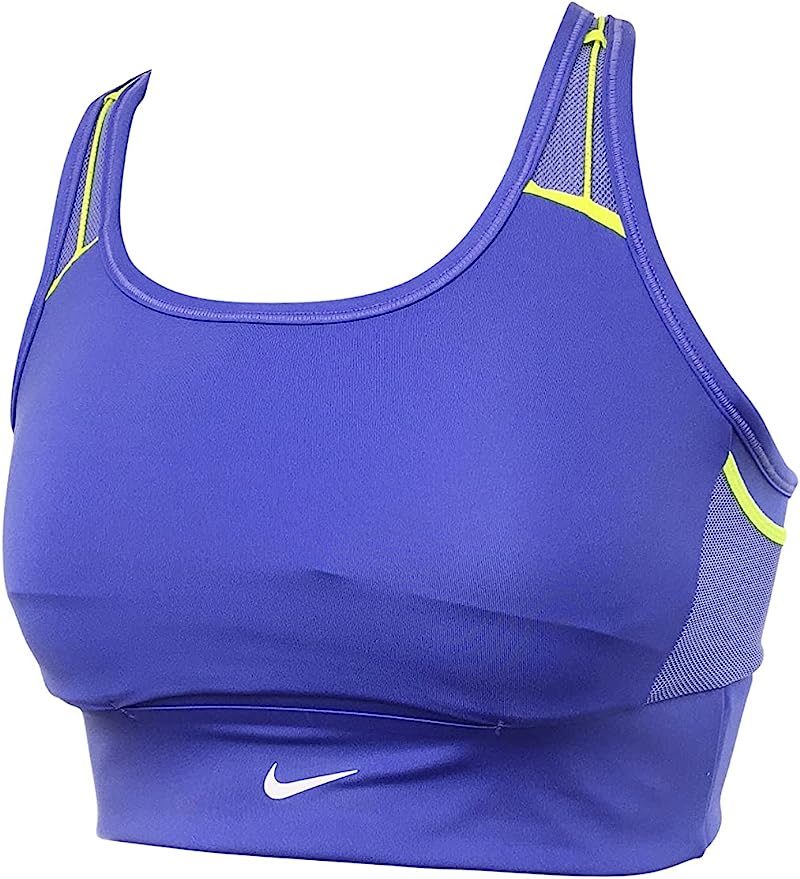NIKE Men's Basket Basketball Shoe: Legendary Comfort and Performance
Update on Feb. 13, 2025, 8:25 a.m.
Air Jordan 11 Retro Low IE: Unpacking the Science of Basketball Footwear
Basketball is a high-impact, fast-paced sport. Players sprint, jump, cut, and pivot with incredible force, placing enormous stress on their bodies, especially their feet. That’s why footwear isn’t just an accessory in basketball; it’s a crucial piece of equipment, directly impacting performance and injury prevention. The quest for the perfect basketball shoe has driven decades of innovation, leading to breakthroughs in materials, cushioning, and design. One shoe that stands as a testament to this pursuit is the Air Jordan 11 Retro Low IE.

A Legacy of Innovation: The Air Jordan 11 Story
To understand the Air Jordan 11 Retro Low IE, we need to travel back to the mid-1990s, a pivotal time in basketball history. Michael Jordan, arguably the greatest player of all time, had just returned to the sport after a brief retirement. He needed a shoe that could match his unparalleled athleticism and his unique sense of style. Enter Tinker Hatfield, the legendary Nike designer.
Hatfield, inspired by everything from high-performance sports cars to lawnmowers, envisioned a shoe unlike anything seen before. The original Air Jordan 11, released in 1995, was a radical departure from traditional basketball footwear. It featured a full-length Air-Sole unit for unprecedented cushioning and, most strikingly, a patent leather rand that wrapped around the upper. This wasn’t just for show; the patent leather provided support and durability while giving the shoe a sleek, luxurious look that quickly made it a cultural icon.
The “IE” in Air Jordan 11 Retro Low IE stands for “International Exclusive.” This version, as the name suggests, was initially released outside of the United States. The key difference? It’s a low-top, offering a lighter, more breathable alternative to the original mid-cut Air Jordan 11. This modification catered to players who preferred greater freedom of movement and a less restrictive feel around the ankle.

Under Pressure: The Science of Air Cushioning
The Air Jordan 11 Retro Low IE’s defining feature is its full-length Air-Sole unit. But “Air” cushioning is more than just a marketing term; it’s grounded in fundamental principles of physics. Let’s break down how it works.
Think of the Air-Sole unit as a sealed bag filled with pressurized gas (Nike uses a proprietary gas blend). When your foot strikes the ground, the force of impact compresses the Air-Sole unit. This compression does several critical things:
-
Distributing the Force: Imagine stepping on a single, sharp pebble. The pain is intense because the force is concentrated on a tiny area. Now, imagine stepping on a bed of pebbles. The pain is much less because the force is distributed over a larger area. The Air-Sole unit acts like that bed of pebbles, spreading the impact force across the entire foot, reducing pressure points and minimizing the risk of injury.
-
Energy Return: As the compressed gas in the Air-Sole unit expands back to its original state, it provides a slight “push-off,” returning some of the energy you exerted during impact. This isn’t enough to make you jump higher, but it can help reduce fatigue and improve responsiveness, allowing for quicker reactions on the court. This principle is similar to a spring; when compressed, it stores energy, and when released, it releases that energy.
-
How It Compares: It’s beneficial to compare Air cushioning to other technologies. EVA foam, a common midsole material, provides cushioning by compressing, but it doesn’t offer the same level of energy return as Air. Nike’s React foam, a more recent innovation, is designed for greater energy return, but it achieves this through a different chemical process. Adidas’ Boost technology uses thermoplastic polyurethane (TPU) pellets that compress and rebound, also providing high energy return. Each technology has its own unique feel and performance characteristics. The Air-Sole excels at providing a balance of cushioning, responsiveness, and a distinct “bouncy” feel.
The Upper Echelon: Materials and Breathability
The Air Jordan 11 Retro Low IE’s upper isn’t just about aesthetics; it’s a carefully engineered blend of materials designed for optimal performance. It features a combination of synthetic leather and fabric.
Synthetic leather offers several advantages over traditional leather. It’s lighter, more flexible, and more resistant to water damage. It also provides excellent support, helping to lock the foot in place during quick movements. However, traditional leather has issues with breathability.
This is where the “fabric” portion of the upper comes in. It’s not just any fabric; it’s engineered with microscopic pores that allow air to circulate while preventing water from entering. This process, known as breathability, is crucial for keeping your feet cool and dry during intense activity. Think of it like a one-way valve: air can escape, but water can’t get in. The specific materials used in the Air Jordan 11 Retro Low IE’s upper are chosen for their optimal balance of breathability, support, and durability.

Traction Action: Grip and Stability on the Court
The outsole, the part of the shoe that contacts the ground, is arguably the most important component for traction and stability. The Air Jordan 11 Retro Low IE features a durable rubber outsole with a multi-directional traction pattern, often a variation of the classic herringbone pattern.
Why rubber? Rubber has a high coefficient of friction, meaning it provides excellent grip on most surfaces, especially the polished wood of a basketball court. The coefficient of friction is a measure of how much force is required to slide one surface over another. The higher the coefficient, the greater the grip.
The herringbone pattern, with its zig-zagging lines, is a staple in basketball shoe design. It provides excellent grip in all directions, allowing players to start, stop, and change direction quickly and confidently. The specific angles and depth of the grooves in the pattern are carefully engineered to maximize traction and minimize slippage.
Biomechanics, the study of how the body moves, plays a crucial role in outsole design. The outsole needs to work in harmony with the natural movements of the foot during basketball. For example, the forefoot needs to be flexible to allow for quick cuts and pivots, while the heel needs to be stable to provide support during landing.
Low-Top vs. High-Top: Finding the Right Fit
The choice between a low-top and a high-top basketball shoe often comes down to personal preference and playing style. High-tops are traditionally thought to provide more ankle support, reducing the risk of sprains. However, recent research suggests that the difference in ankle support between high-tops and low-tops may be less significant than previously believed.
Low-tops offer greater freedom of movement, allowing for more ankle flexibility. This can be advantageous for players who rely on quick cuts and agility. The Air Jordan 11 Retro Low IE, with its lighter weight and breathable upper, is a particularly good choice for players who prioritize speed and agility.
Ultimately, the best way to choose between a low-top and a high-top is to try both and see which feels more comfortable and supportive. Consider your playing style, your history of ankle injuries, and your personal preferences.
Beyond the Hardwood
The Air Jordan 11, both the original and the Low IE, transcends its functional purpose as a basketball shoe. It has become a cultural icon, deeply embedded in sneaker culture and fashion. Its sleek design, innovative technology, and association with Michael Jordan have made it a highly sought-after collectible.
Sneaker collecting has become a global phenomenon, with rare and limited-edition shoes commanding astronomical prices. The Air Jordan 11, particularly in certain colorways, is considered a grail shoe by many collectors. Its value extends beyond its material worth; it represents a piece of basketball history and a symbol of style and status.
Conclusion: A Masterpiece of Engineering
The Air Jordan 11 Retro Low IE is more than just a shoe; it’s a masterpiece of engineering, a testament to the power of innovation, and a symbol of basketball culture. It combines cutting-edge technology, thoughtful design, and a rich history to deliver exceptional performance and enduring style. Whether you’re a serious basketball player or a sneaker enthusiast, the Air Jordan 11 Retro Low IE is a shoe that deserves a closer look.






















